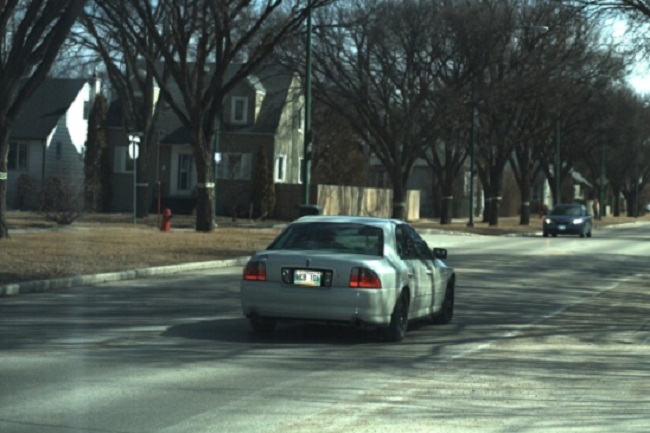
Danial Mercer was cited for driving 49 kilometers an hour in a school zone limited to 30 kilometers an hour on April 6 of last year. The local police department sent him a photo of his Lincoln LS allegedly breaking the law, and attached a CND$299 ticket, a sum that converts to approximately $230. Mercer takes that stretch of road on a regular basis, and he claims that he’s well aware of where the school zone starts and where it ends. Confident that he was out of the 30 km/h zone when the picture was taken, he decided to fight the ticket in court.
Instead of getting a lawyer, he turned to Google Maps. He gathered Street View images of where the school zone started, where it ended, and where the photo of his car allegedly speeding was taken. It might sound like a long shot, but he managed to prove that he was no longer in the school zone when he drove past the officer’s speed camera and therefore was not speeding. The judge agreed, and quickly dropped the ticket.
Mercer now questions how police officers issue tickets in his area.
“I don’t even know what to say, there are so many tickets that are being handed out every day. I mean there were 150 people [in traffic court] that day,” he told Canadian television station CBC News.
The police department doesn’t agree with the court’s decision. An officer explained that the lens of the camera used to enforce speed limits sometimes distorts photos and makes cars seem farther away than they actually are. He added that measuring the distance from a manhole cover to Mercer’s tires proves he was about two yards away from the end of the school zone when the picture was taken, so the ticket was completely justified.
Read more: Google unveils a series of new updates to improve Street View
It’s not too late for the decision to be overturned, so Mercer might not be off the hook quite yet. And while he saved himself a good deal of money, he regrets that the incident cost him two vacation days. He took a day off to inform the judge of his intention to fight the ticket, and a second day to appear in court and defend his case.
Editors' Recommendations
- Google is bringing Chrome browser to cars, even more EV features to Maps
- Google Fiber is bringing high-speed internet to five new states
- Are you immortalized on Google Street View? It’s easy to find out
- Why Best Buy just pulled TCL’s Google TVs from stores
- Google clears the air on disappointing Pixel 6 charging speeds



